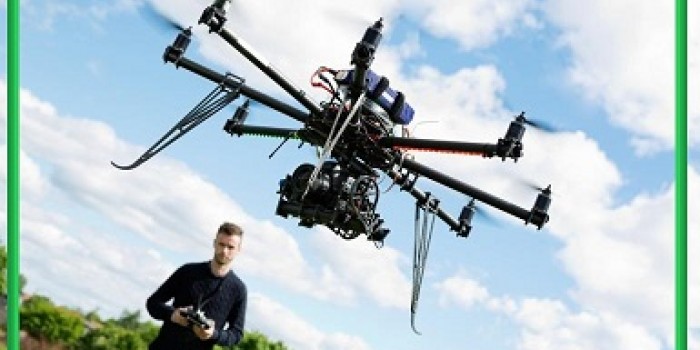INTERNATIONAL TRADE - "Export compliance about Dual Use items: catch all and catch more clauses".

The EU would always want to have control over all exports. But there are some assets, the cc.dd. Dual Use - ovverosia products, including software and technologies, which could be used both in civil and military environments, which may have non-explosive use or could be used to manufacture nuclear weapons or other nuclear explosive devices - falling within the scope of (EC) No 428/2009 (as amended by Regulation (EU) No 388/12) and therefore subject to a scheme which has been even more rigorous with the provisions of Regulation (EC) entered into force of the new Regulation (EU) No. 2420/2015, which contains the updated list of Dual Use.
Adequate corporate "export compliance" is the prerequisite for conducting foreign trade operations in accordance with the due diligence requirements of the "final customer" and, more generally, of the regulatory dictum, since compliance means knowledge Updated on export control, transit and brokering provisions and procedures (for the prevention activity to be carried out internally by the exporting company to anticipate the checks that the customs and control authorities will subsequently And formally in existence, see EIFEC). Compliance, even prior to the contractual phase, must precede the completion of the trade agreement. Which means that the lawyer, an expert in International Business Law, has to know if and when the operation can be lawfully accomplished without venturing on unknown paths. The Community system for the control of exports, transfer, transit and brokering of dual products is structured around the presence of goods in a list (Article 9 (2) of the Regulation), in which case the of the Member State issuing the export authorization. This list, which is being updated continuously, is set out in Annex I to the Rules and is divided into 10 categories and subcategories (in particular, 0 = nuclear material, plants, and various 1 = chemical products, microorganisms and toxins. = Processing and processing of materials 3 = electronic 4 = computers 5 = telecommunications and information security 6 = sensors and lasers 7 = avionics and navigation 8 = naval material 9 = spacecraft propulsion systems ). The rules also require the exporter to obtain authorization even in the case of certain goods which are not included in the list, given their potential duality: this is the sense of the general catch catch clause Referred to in paragraph 1 of Article 4 Reg. (CE) 428/2009). Reason for which export is subject to authorization whenever the authorities of the Member State where the exporter is established have been notified of the fact that the goods or parts thereof are or may be intended to Become part of the weaponry or the use of chemical, biological or nuclear weapons or missiles and their launch vectors. In addition, the general principle of 'catch more' (referred to in paragraph 2 of Article 4 of the Reg.) Is also exercised in the context of EU export controls on dual goods, for which even the sole destination of goods to a single (Of purchase or destination) to which the arms embargo (imposed by the UN or otherwise binding) has been ordered, requires the prior issuance of an authorization. Likewise, it is to be said in the case where there is direct awareness of the previous potential destinations (Article 4, paragraph 3, Reg.).